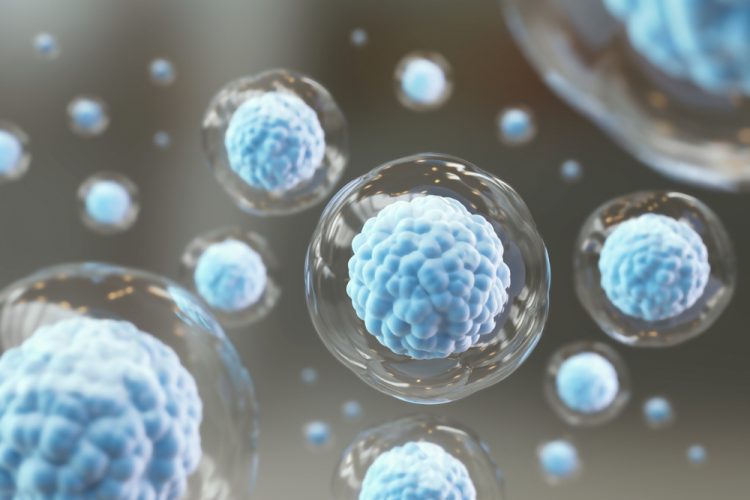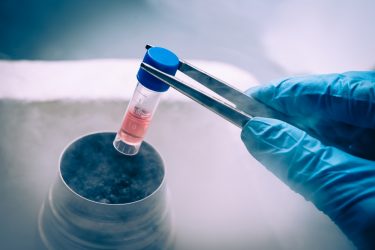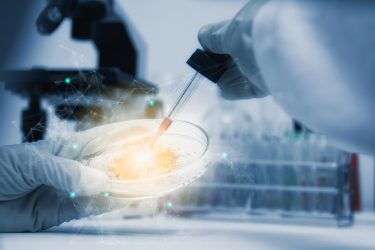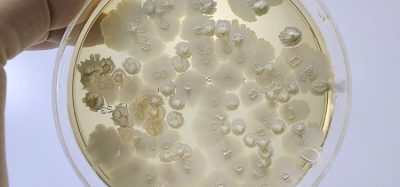Stem cells in the clinic: how are they regulated?
Posted: 20 April 2020 | Victoria Rees (European Pharmaceutical Review) | No comments yet
Dr Roger Barker, University of Cambridge, UK and Eric Anthony, International Society for Stem Cell Research (ISSCR), describe how stem cells are regulated around the world and why this is important for patient safety.


Stem cells are used to aid in the understanding and treatment of a range of diseases. According to the International Society for Stem Cell Research (ISSCR), the potential of stem cells is evident from the use of blood stem cells to treat haematological diseases. Furthermore, clinical trials involving stem cells are currently underway for many other conditions, such as diabetes and Parkinson’s disease.
However, due to the relative newness of stem cells as a therapy, tight regulations are required to ensure their use poses no risk to patients and that their translation to the clinic is supported by pre-clinical data.
European Pharmaceutical Review’s Victoria Rees spoke with ISSCR’s Public Policy Director, Eric Anthony and Dr Roger Barker, Professor of Clinical Neuroscience at the University of Cambridge, to discover more about the regulations regarding stem cells.
How are stem cells regulated?


Anthony said that the UK currently follows the rules that are adopted in the EU, which is likely to continue into next year at least. He suggested that after the UK discontinues its ties with the EU and its regulations, he expects its regulatory structure will remain similar.
The US Food and Drug Administration (FDA) also defines most stem cell products as advanced therapeutics, explained Anthony, based on minimal manipulation and homologous use. He highlighted that largely, stem cell products across the globe are defined in much the same way.
What is important for regulators to consider?
Barker explained that the key question every regulator has to ask relates to the source of the stem cells, whether in trials or in the clinic and the extent to which they have been manipulated. Other questions that regulators must answer include the consenting process behind the parent cells being used as well as determining what constitutes the final cell product. However, this latter question has proven to be quite complicated as it is often hard to know what every cell in a product is. Also, some therapies are given in an undifferentiated state with the aim of letting them differentiate and mature once grafted, which creates issues for defining the potency of the cells at the time of implantation. As stem cells will differentiate over months into the desired product, regulators need to know the correct processes are in place to ensure that this will happen in the way anticipated and that the right cells will develop out of the grafted stem cell product.
Another issue he discussed is the stability of stem cells. “Once you have frozen them, how stable are they when you wake them up and transplant them at later stages?”
In addition, one of the more pressing unresolved questions that Barker emphasised is the genetic variance of stem cells and their products and what this means for the safety of the cells. When researchers conduct whole genome sequencing of the stem cell products, it will convey many genetic variants but knowing what this means for the grafted cell or recipient patient is often an unknown.
The risks from unregulated therapies
Anthony explained that there are a number of consequences to giving patients unregulated stem cell treatments. The main factor is the risk posed to patients; in certain parts of the world, patients have died from stem cell therapies and others in the UK and US have been blinded, paralysed or infected by pathogens.


Companies that market unapproved stem cell therapies may not ensure their products are sourced correctly and there is also the danger of mishandling, contamination or undisclosed additives.
Barker highlighted that there is an ethical issue involved in the field of stem cells – when unregulated stem cell products are used, it can exploit desperate patients. Therefore, regulations need to ensure patients stay safe and that the industry remains ethical, but not restrict pharma to the extent that it prevents any progress in the field.
Limitations to regulations
“A regulator cannot decide what a product is without actually examining the product,” said Anthony, explaining this is one of the problems that regulators face. As regulators need to determine the safety and proper sourcing of stem cells physically, they are restricted by both time and financial constraints.
He also highlighted that the current regulations for stem cells mean some companies market their products as PRP, which are regulated as blood products, so are not treated in the same way as advanced therapies. However, these claims are not validated, making them unsubstantiated. As the EMA does not regulate PRP as an advanced therapy product, these companies exploit a loophole in regulation.
Despite this, Anthony does not believe there is a “big hole” in regulations that is allowing these companies to sell their products.
Instead, he argued that the wider issue for regulators is that these companies exist but the resources to properly inspect facilities and enforce regulations can be problematic. For example, there are up to 70 clinics in the UK, but there needs to be a “substantial increase” in the number of inspections, according to Anthony.
How to improve regulations of stem cells


Anthony concurred, arguing that there are providers and physicians who could use a better education about how certain products are regulated. For example, he explained, the UK and each EU member state decides its own hospital exemptions for stem cells – however, in this regard, there could be better education for physicians about what is classified as an advanced therapy.
The future of collaboration
Both Barker and Anthony agree that the future of stem cell therapies requires collaboration, such as the synchronised education of clinicians, scientists and regulators. Enabling these groups to work together and earlier would streamline the process and ensure that products are safe and efficacious before going to market.
Related topics
Drug Markets, Legal, QA/QC, Regulation & Legislation, Research & Development (R&D), Stem Cells
Related organisations
European Medicines Agency (EMA), International Society for Stem Cell Research (ISSCR), University of Cambridge, US Food and Drug Administration (FDA)








